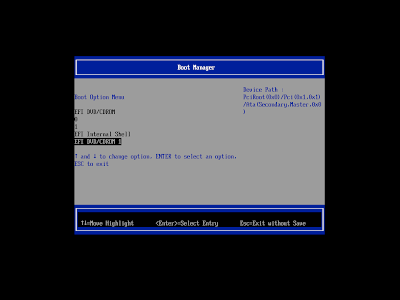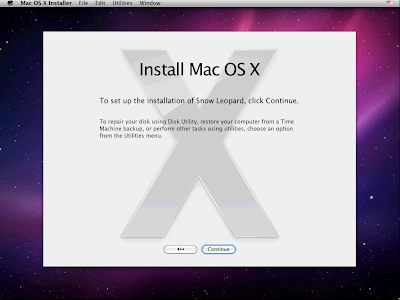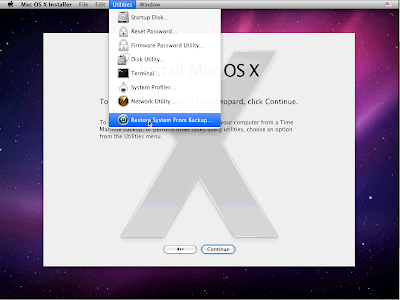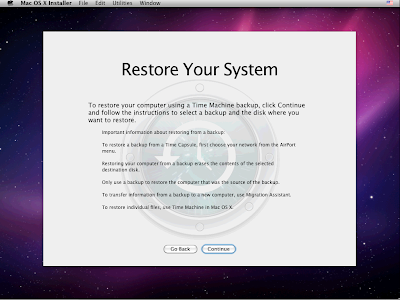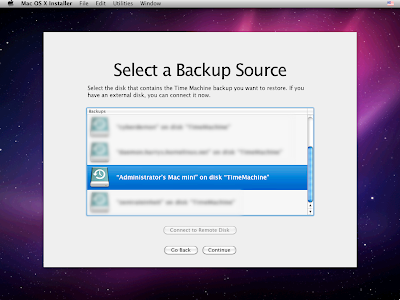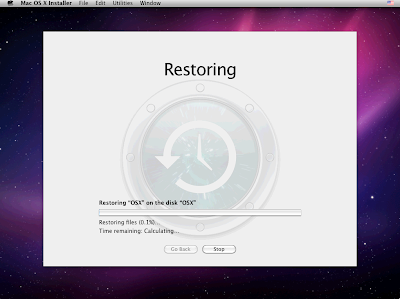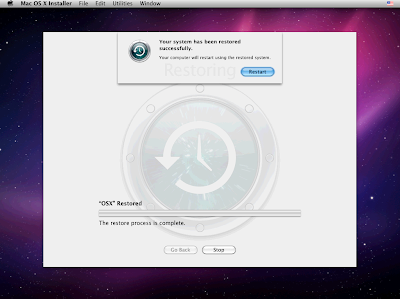I've tested the performance of FreeNAS 0.7.1 stable (Build 5127) and Nexentastor Community Edition 3.0.2. I will not dig into the different features or the details of both WebGUIs.
For the tests I've used the following hardware
Server
CPU - Intel Core2Duo E6300 - 1.8 GHz - 2 MB Cache
RAM - 2 GByte
Mainboard - Intel DG965WH
Harddisks - 3x WesternDigital WD3200 (320 GByte connected to the onboard SATA2)
Client
My good old MacBook Pro (late 2008), 4 GByte RAM, Mac OS X 10.6.3
Software
iSCSI initiator - Global SAN iSCSI initiator (4.0.0.204)
Benchmark Software - XBench
Benchmark Software - iozone (MacPorts)
Protocols
CIFS
NFS
AFP (currently only available for FreeNAS)
iSCSI
Benchmarks
Xbench - The best out of 5 resultsHelios LAN Test - 10 tests, two times, best result
iozone - options -e -i0 -i1 -i2 -+n -r 256k -s2g -t4 -c -x
Tuning
No tuning on the Nexentastor. For FreeNAS I've enabled in the WebGUI System | Advanced | Tuning (enable tuning of some kernel variables)
CIFS
Keep in mind, I've tested CIFS with the built-in smb client of OSX. A native Windows OS might provide different results.
Tuning for FreeNAS (via WebGUI)Services | CIFS/SMB | Settings
-> Send and Receive Buffer Size to 65535
-> Enable large read/write
-> Auxiliary parameters : max xmit = 65535
-> Auxiliary parameters : socket options = TCP_NODELAY SO_SNDBUF=65535 SO_RCVBUF=65535






If you compare the CIFS results you will see that NexentaStor is slightly faster than FreeNAS
NFS
I wasn't able to get XBench to run on a FreeNAS NFS mountpoint. So you wont see any results on the XBench charts.






With the missing XBench results for FreeNAS I would say NexentaStor is here the winner. It provides slightly higher throughput rates.
AFP
NexentaStor doesn't provide this protocol. As I am a Mac user it is very useful to have a system serving data via AFP. Especially the support of FreeNAS for time machine is IMHO excellent (see my blogposts about backup and restore using FreeNAS and time machine)






FreeNAS is in this disciplin the clear winner.
iSCSI
There was also an issue to get iozone to run on a FreeNAS iSCSI target.






The iSCSI protocol shows several advantages compared to the other. It shows high throughput rates with a low latency. But it is not usable to share the LUN to several systems at the same time (it is possible with special Filesystems, I know, but I think this is not very common). With the lack of the iozone results for FreeNAS I would also say, Nexentastor is here the winner.
Overall comparisson





Conclusion
FreeNAS and Nexenta is on the performance side very much comparable. NexentaStor is slitghly faster in most of the disciplines, but the lack of AFP make them both overall equal.
FreeNAS is easy to setup and has a very clear and structured WebGUI. Nexenta has more features (e.g. built in snapshots, deduplication, etc.)
At the moment I definitely will stay with FreeNAS as the performance is comparable and I really like the integration of Time Machine via AFP.
P.S.: If you are interested in a detailed Excel-Sheet with more details, please drop me a mail harryd71 at users dot sourceforge dot net








